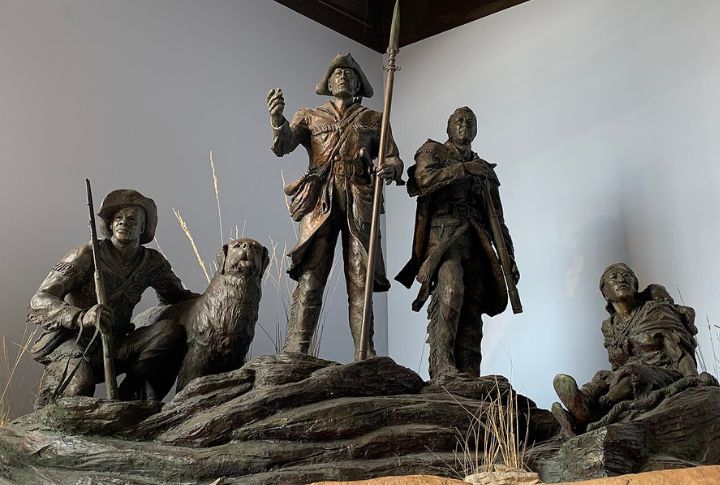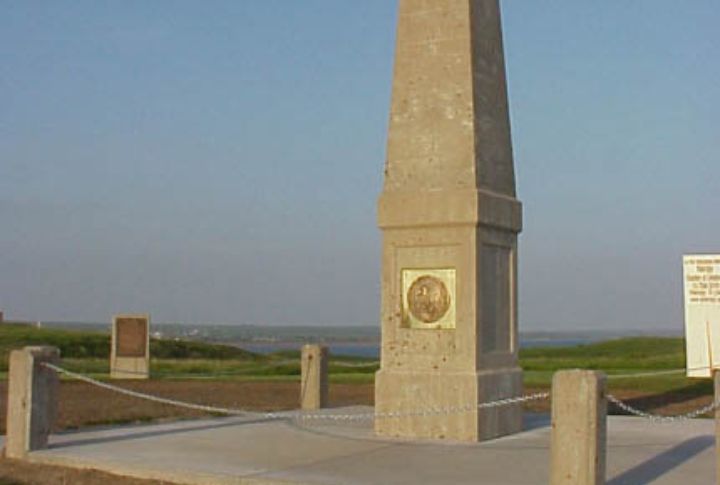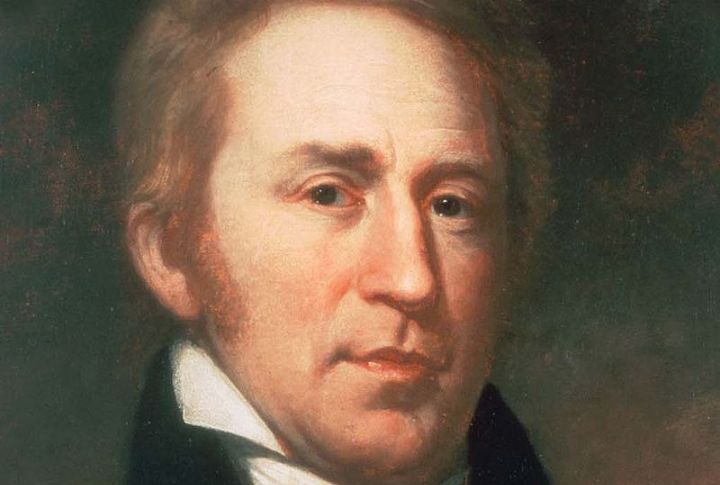
Most Americans know about the Lewis and Clark Expedition, the mission to map the West after the Louisiana Purchase. However, only a few realize it succeeded because of a teenage girl named Sacagawea. Sadly, she is often sidelined in history books, but her contributions were vital. Here are ten powerful chapters that reveal the true story behind her strength and legacy.
From Shoshone Childhood To Forced Marriage

Sacagawea was born into the Lemhi Shoshone, a Native American tribe from Idaho’s Salmon River Valley. They lived by hunting, fishing, and seasonal gathering. Around age 12, a Hidatsa raid tore her from her people. Soon after, she was forced to marry Toussaint Charbonneau, a much older French-Canadian fur trader.
The Unlikely Mother On A Thousand-Mile Expedition

Sacagawea became pregnant during the recruitment for the Corps of Discovery and gave birth to Jean Baptiste just before the expedition departed from Fort Mandan. She carried her son strapped to her back across plains and mountains. The infant’s presence reassured the tribal groups that the expedition posed no threat to them.
Her Vote At Fort Clatsop Echoes Even Today

During a group discussion on where to spend the winter, Sacagawea shared her opinion alongside the men. To everyone’s surprise, her voice was heard and recorded despite not having legal voting rights. In that moment, she defied the norms of race and gender by shaping the group’s democratic decision, which was rare at the time.
Reunion With Her Brother Changed The Expedition’s Fate

Fate intervened when Sacagawea met the Shoshone chief during the expedition. Soon, she realized he was her long-lost brother, Cameahwait. Their emotional reunion led to the tribe providing the explorers with horses and pathfinders. It was a big step forward as it helped everyone cross the Rockies before snow could trap them.
She Saved Supplies And Collected Food In Unknown Lands

Sacagawea contributed far more than wisdom. Her actions protected both the scientific records and the survival of the entire journey. How? She identified edible plants throughout the journey that sustained the health and strength of the expedition members. She also recovered vital maps and supplies, as well as scattered journals, after a canoe capsized in the Missouri River.
In Hostile Terrain, Sacagawea Guided Explorers Without Maps

Her vivid memory of childhood landmarks enabled her to trek confidently across treacherous and unfamiliar terrain, all without relying on any tools or instruments. So, Sacagawea’s remarkably sharp memory became a vital guiding force for the Corps, especially when compasses faltered and dangerous guesswork proved wildly unreliable in certain areas.
She Longed To See The Great Waters

Sacagawea and the explorers finally reached the Pacific after enduring months of hardship and adversity. According to Clark’s journal, she expressed joy at seeing the ocean for the first time. This moment revealed her spirit not only as a navigator and survivor but as someone curious about distant, beautiful places.
How Her Life Changed After The Expedition

After the expedition, Sacagawea and her family relocated to St. Louis at Clark’s invitation, where her son began his formal education. Despite living a normal, seemingly happy life, historical records suggest she yearned for her people. In her later years, Sacagawea’s life reflected a silent shift from exploration toward motherhood and stability.
A Daughter Was Born In Her Life’s Final Chapter

Sacagawea gave birth to her second child, Lisette, in 1812. It was the same year in which she reportedly passed away at Fort Manuel, a trading post near present-day South Dakota. Although the story about her last days is still debated, it is believed that she never returned to her own people.
William Clark Became Guardian To Her Children

William Clark, who had long admired her courage, became the guardian of Sacagawea’s children after her passing. He enrolled Jean Baptiste in St. Louis Academy and assumed guardianship of Lisette. William Clark’s commitment ensured both children had opportunities far beyond what most Indigenous families at the time could expect.

